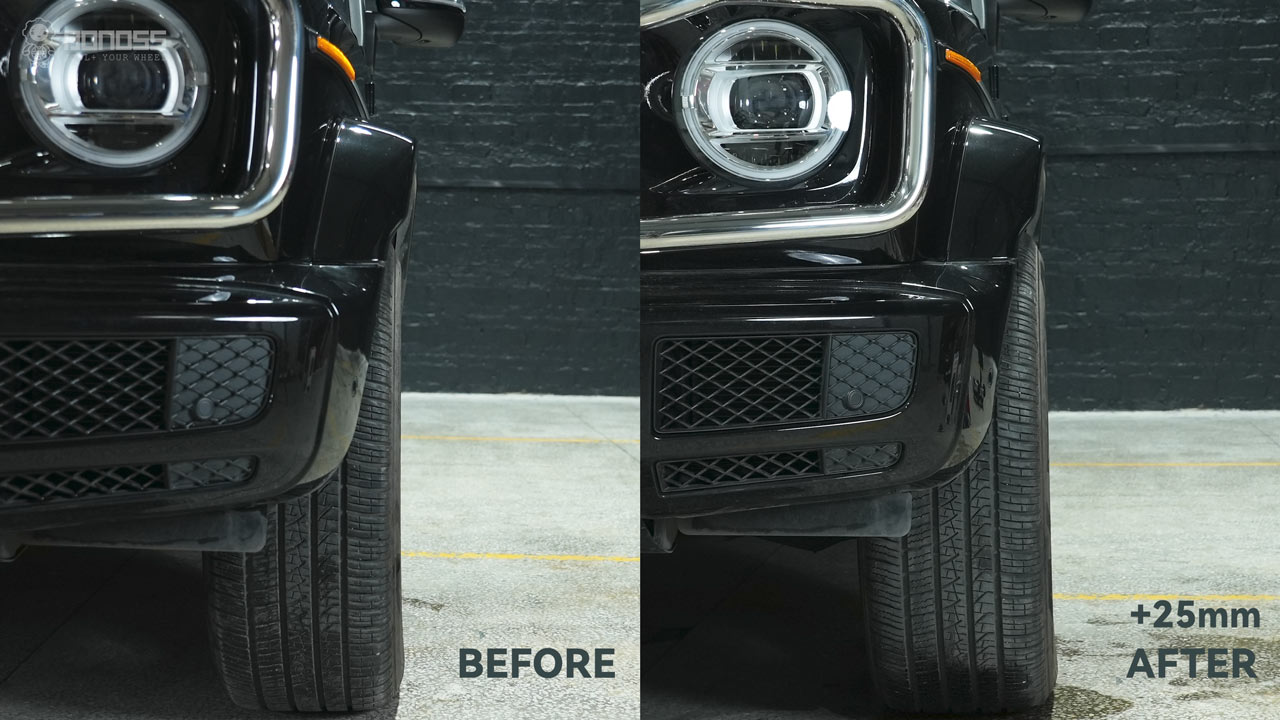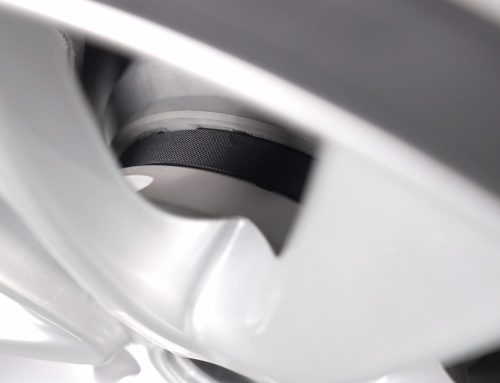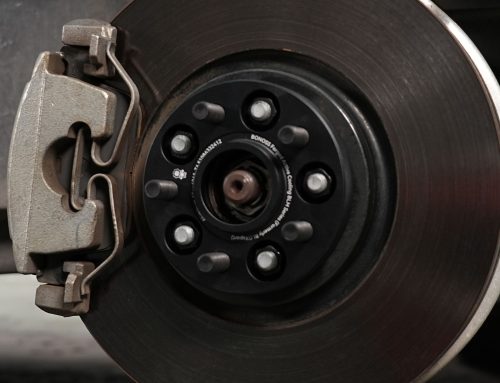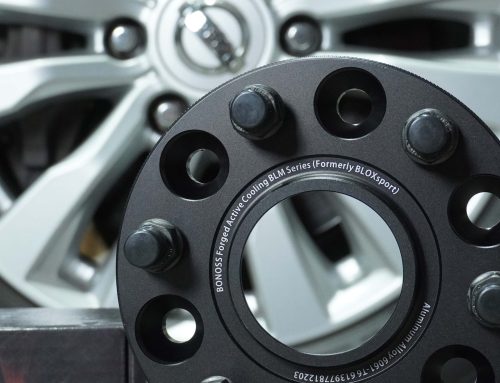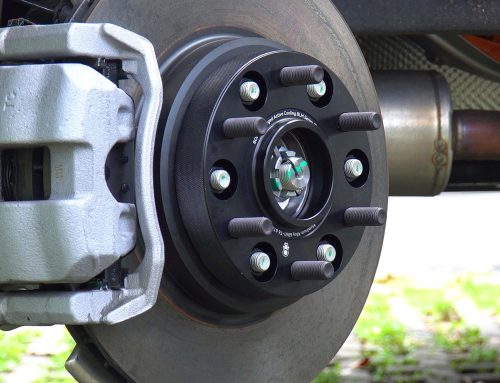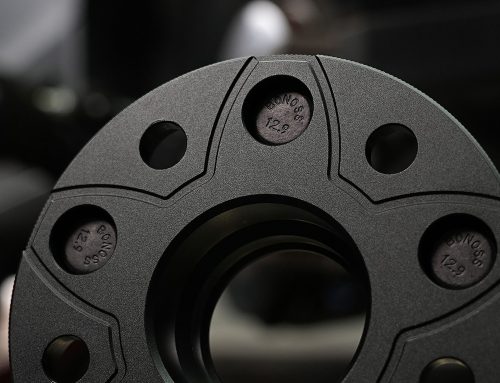The thickness of the wheel spacers actually depends on the distance of the wheel gap. For example, if your wheel gap is 25mm, you can go 1-inch wheel spacers without any problems. Considering your personal preferences, the thickness of your spacer may need to be adjusted. Many people would like to push the wheels and tires out of the fenders to achieve a more powerful and aggressive stance.
You can get wheel spacers from 3mm all the way up to 75mm in the market. By measuring the wheel gap, you can estimate how much farther out the wheel needs to be. Another option is to buy several washers, do a series of test fits, and measure the total thickness of the washers used on one wheel bolt. Then, choose the wheel spacers of that thickness.
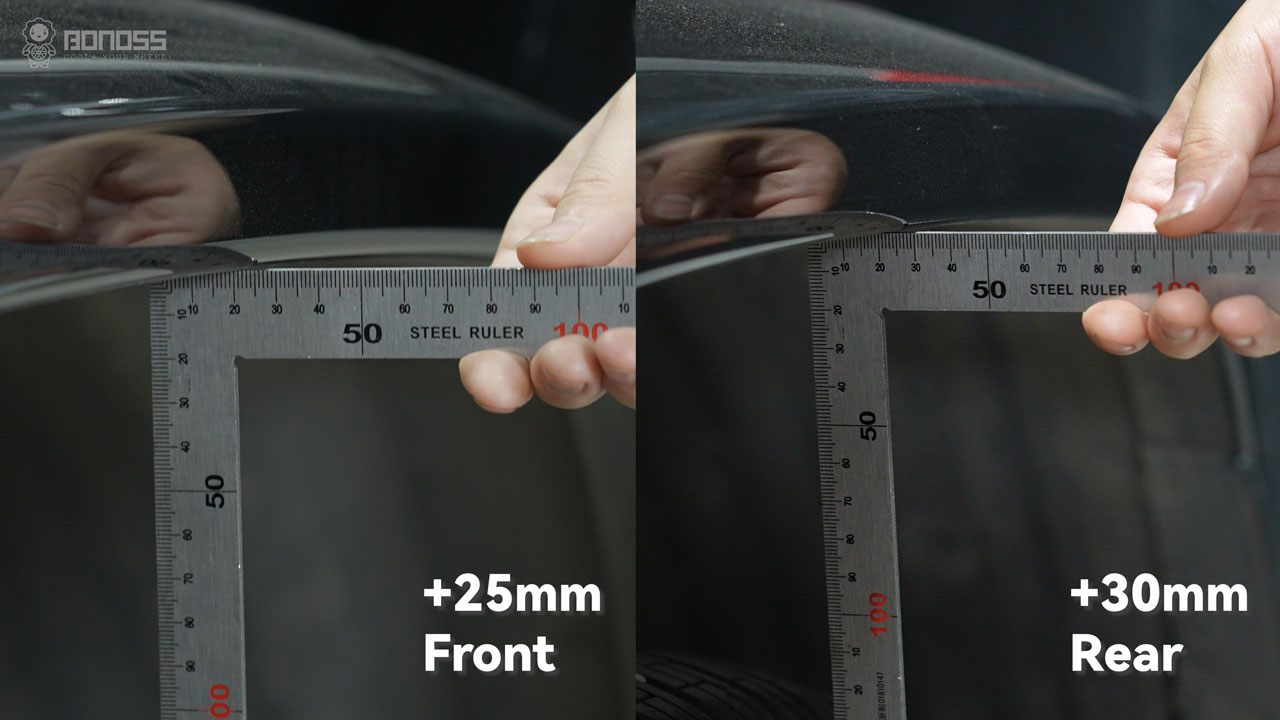
How Do Wheel Spacers Stop Rubbing?
When pushing the wheels out, you get more inside rim space. As this space increases, you lower the risk of the tire rubbing the suspension or brakes. Larger brake calipers require more inside wheel space to fit. If you have 40mm space for OEM brake calipers and you need at least 49mm space for aftermarket brake calipers, then 12mm wheel spacers will be very useful. At this point, wheel spacers are effective to keep the caliper from rubbing the wheel spokes.
When using wheel spacers, always stick to high-quality hub-centric spacers. It is also important to confirm that the wider track will allow the tire to clear the fenders in all positions. Turn the steering wheel to the left and right on the spot, and check whether there are tires rubbing with the fenders. (If there is a rubbing issue, you need to replace the wheel spacers with a smaller thickness).
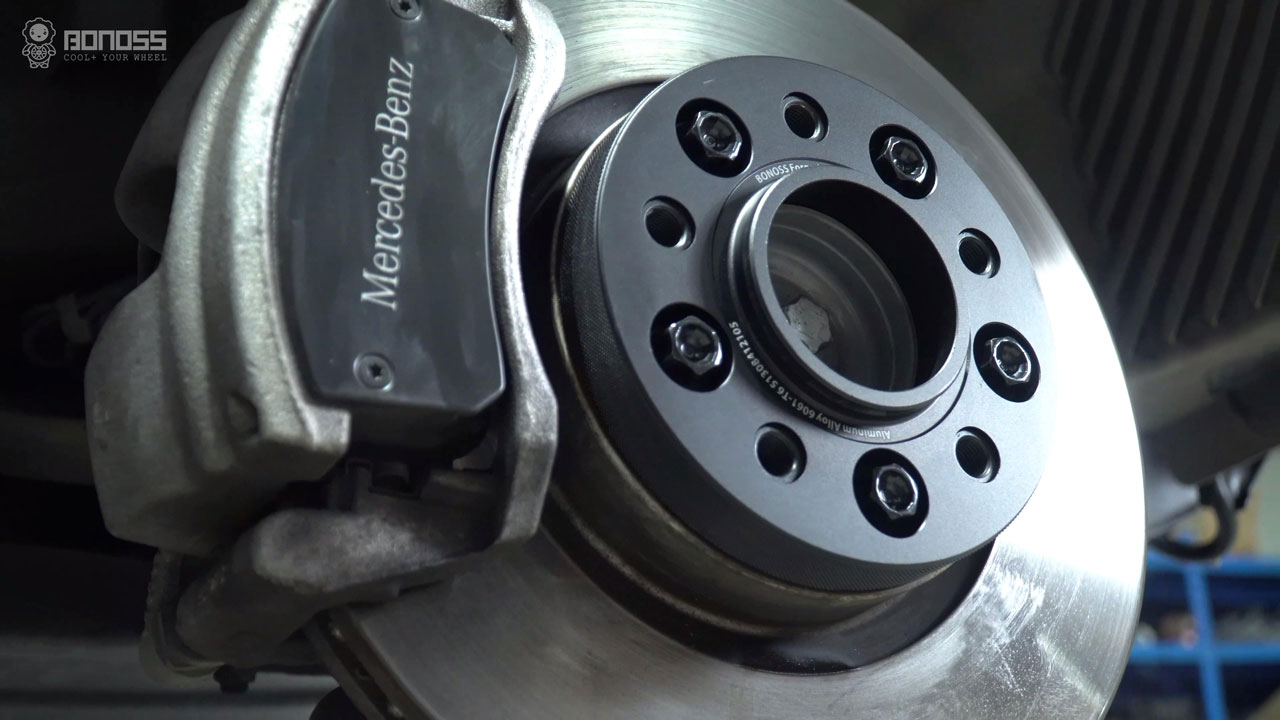
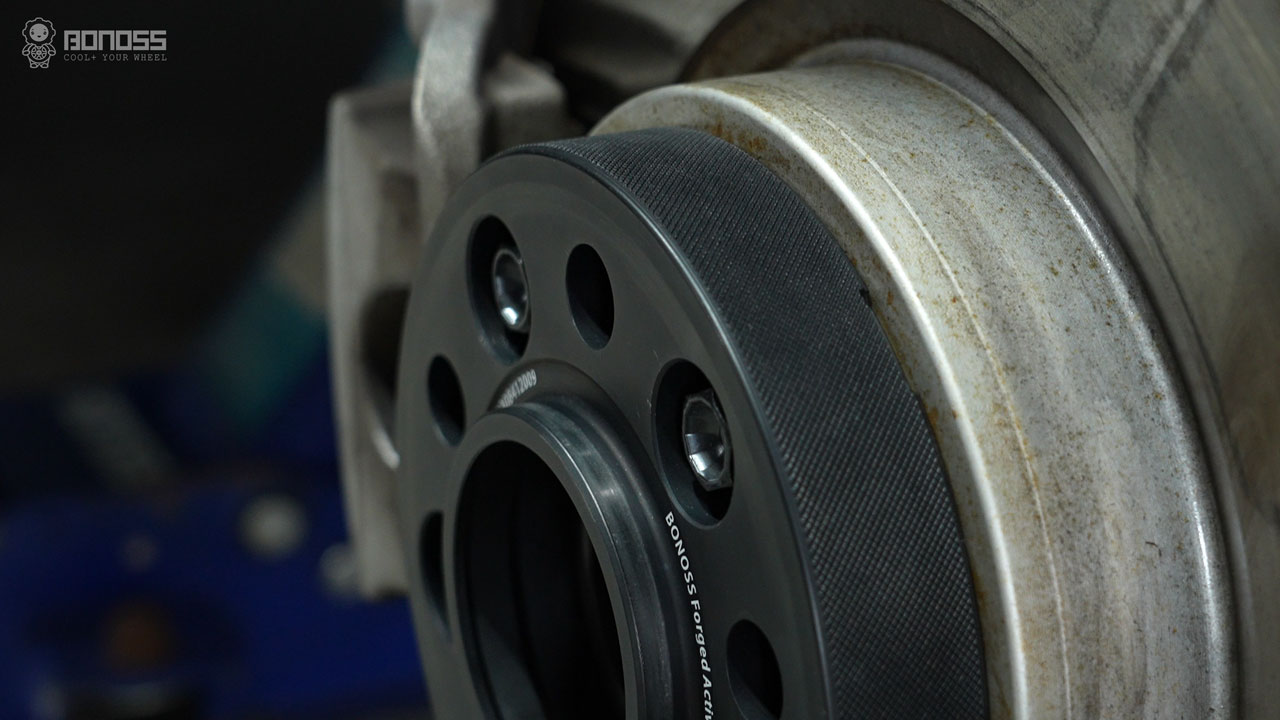
How Long Can Wheel Bolts Be?
When installing wheel spacers, whether your vehicle uses wheel bolts or nuts, there is one more important consideration – “thread engagement”. It refers to the number of threads that are engaged during the installation. Some wheel spacers will reduce the thread length of your OEM wheel lugs so anytime it is vital to ensure a proper thread engagement. The exact measurement varies by stud/bolt size.
A rule of thumb is that you need enough thread length as the diameter of the wheel bolt shows. For instance, an M14 wheel bolt would need 14mm threads to ensure a safe engagement. In general, the bolt or nut should turn from 6.5 to 8 turns during the engagement. Sometimes, longer bolts or studs can be used. They have a small “shank” that protrudes into the wheel past the lug seat, providing the extra thread contact you need.
